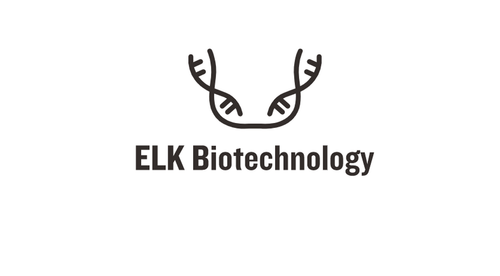Product Description
Human Sequestosome-1 (SQSTM1) ELISA Kit | AE15140HU | Abebio
Species Reactivity: Human (Homo sapiens)
Abbreviation: SQSTM1
Alternative Name: A170; OSIL; PDB3; ZIP3; p60; p62; p62B; EBI3-associated protein p60|oxidative stress induced like|phosphotyrosine independent ligand for the Lck SH2 domain p62|ubiquitin-binding protein p62
Application: ELISA
Range: 0.312-20 ng/mL
Sensitivity: 0.112 ng/mL
Intra-Assay: ≤4.1%
Inter-Assay: ≤8.2%
Recovery: 0, 99
Sample Type: Serum, Plasma, Other biological fluids
Detection Method: Sandwich
Analysis Method : Quantitive
Test Principale: This assay employs a two-site sandwich ELISA to quantitate SQSTM1 in samples. An antibody specific for SQSTM1 has been pre-coated onto a microplate. Standards and samples are pipetted into the wells and anySQSTM1 present is bound by the immobilized antibody. After removing any unbound substances, a biotin-conjugated antibody specific for SQSTM1 is added to the wells. After washing, Streptavidin conjugated Horseradish Peroxidase (HRP) is added to the wells. Following a wash to remove any unbound avidin-enzyme reagent, a substrate solution is added to the wells and color develops in proportion to the amount of SQSTM1 bound in the initial step. The color development is stopped and the intensity of the color is measured.
Product Overview: The Src homology type 2 (SH2) domain is a highly conserved motif of about 100 amino acids which mediates protein-protein interactions by binding to phosphotyrosine. p56-lck, a T-cell-specific src family tyrosine kinase with an SH2 domain, is involved in T-cell signal transduction. A 62-kD protein (Phosphotyrosine-independent ligand for the Lck SH2 domain of 62 kDa) was identified by Park et al. (1995) as a ligand of the p56-lck SH2 domain. Gong et al. (1999) screened a yeast 2-hybrid library made from rat hippocampal mRNA against full-length Kv-beta-2 . Two previously unknown interacting proteins were identified, one of which was identical to Zip (PKC-zeta) -interacting protein), the rat homolog of p62. Zip1 and Zip2, which arise from alternative splicing, are identical except for 27 residues missing from Zip2.
Stability: The stability of ELISA kit is determined by the loss rate of activity. The loss rate of this kit is less than 5% within the expiration date under appropriate storage condition. The loss rate was determined by accelerated thermal degradation test. Keep the kit at 37°C for 4 and 7 days, and compare O.D.values of the kit kept at 37°C with that of at recommended temperature. (referring from China Biological Products Standard, which was calculated by the Arrhenius equation. For ELISA kit, 4 days storage at 37°C can be considered as 6 months at 2 - 8°C, which means 7 days at 37°C equaling 12 months at 2 - 8°C) .
 Euro
Euro
 USD
USD
 British Pound
British Pound
 NULL
NULL












